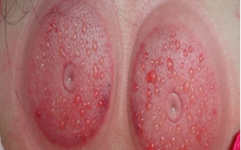—— Balance Cupping ——The cupping therapy, historically known as “Jiao Fa”, utilizes cups as tools to create negative pressure through methods such as fire and suction, allowing them to adhere to the body surface. This technique aims to promote meridian circulation, invigorate qi and blood, reduce swelling and pain, and dispel wind and cold. Balance cupping integrates the theory of balance into the traditional method of cupping.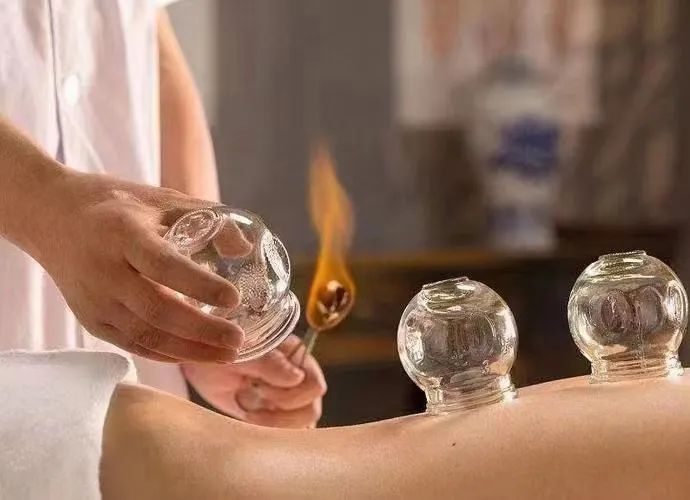
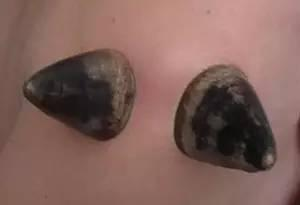 —— Cupping Techniques ——
—— Cupping Techniques ——
Flash Cupping — After placing the cup, it is quickly removed and reapplied multiple times until the skin becomes red. This technique is commonly used for treating facial paralysis.
Sliding Cupping — Also known as gliding cupping, a lubricant such as Wan Hua oil is applied to the skin before placing the cup. The cup is then moved back and forth over the skin until it becomes red, primarily used on larger, muscular areas (e.g., the lower back) for treating colds and coughs.
Retention Cupping — The cup is left on the skin for 5-10 minutes after suction, commonly used for treating wind-cold-damp bi syndrome, neck, shoulder, and lower back pain.
Rolling Cupping — Using a warm glass cup after flash cupping, it is rolled along the Du Mai (Governing Vessel) and the bladder meridian to promote warmth and circulation, often used to relieve muscle tension in the back.
(Note: This technique is a unique method from the TCM department of Changsha Economic Development Hospital)
Bloodletting Cupping — Also known as blood cupping, this involves using a plum blossom needle or three-edged needle to prick the skin and draw blood before applying the cup, allowing 3-5 mL of blood to be drawn. This method is often used for treating skin conditions such as acne and localized bruising.
—— Cupping Marks Interpretation ——After Retention Cupping: ① A black and dark cupping mark indicates the presence of blood stasis in the body; ② A purple and dark cupping mark generally suggests local cold and blood stasis; ③ A scattered purple mark of varying shades indicates qi stagnation and blood stasis; ④ A light purple mark with patches suggests a deficiency pattern with blood stasis; ⑤ A bright red mark generally indicates wind-heat, yin deficiency, or a combination of qi and yin deficiency, or excess yin fire; ⑥ If the cupping mark easily develops blisters, it suggests heavy dampness; if the blister contains blood, it indicates damp-heat toxicity.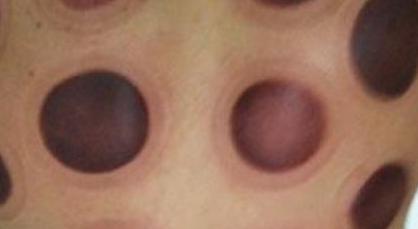
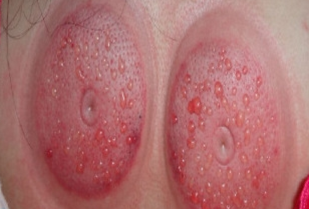
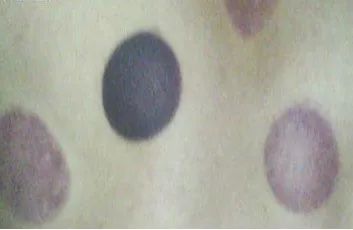 —— After Large Area Sliding Cupping —— ① The appearance of bright red scattered dots that do not protrude above the skin indicates abnormalities in the related organs; ② No cupping marks or faint marks that disappear immediately after cupping suggest the body is generally normal or the condition is mild; ③ The appearance of wheals during sliding cupping suggests wind pathogen involvement or an allergic constitution.
—— After Large Area Sliding Cupping —— ① The appearance of bright red scattered dots that do not protrude above the skin indicates abnormalities in the related organs; ② No cupping marks or faint marks that disappear immediately after cupping suggest the body is generally normal or the condition is mild; ③ The appearance of wheals during sliding cupping suggests wind pathogen involvement or an allergic constitution.
—— Contraindications for Cupping Therapy ——
① Individuals with heart disease or skin injuries; ② Those with immune disorders and skin diseases, such as thrombocytopenia, lupus, severe skin conditions, etc.; ③ Individuals who are physically weak, pregnant women, menstruating women, or intoxicated individuals; ④ Cupping is not recommended when overly full or hungry; ⑤ Patients with underlying lung conditions, such as COPD, tuberculosis, lung abscess, or bronchiectasis.
—— Post-Cupping Care Instructions ——
① Maintain a constant indoor temperature during cupping, avoiding direct airflow from air conditioning or fans; ② After cupping, keep the back warm and avoid wind and cold; it is recommended to drink warm water; ③ Showering is advised only 4-6 hours after cupping; ④ Cupping marks typically fade naturally within a week; after fading, a second cupping session can be performed, but the frequency should be moderate and based on individual constitution; ⑤ Blistering may occur post-cupping as a normal detoxification response; ensure wound disinfection and apply burn ointment; once scabs form, they generally do not leave scars.
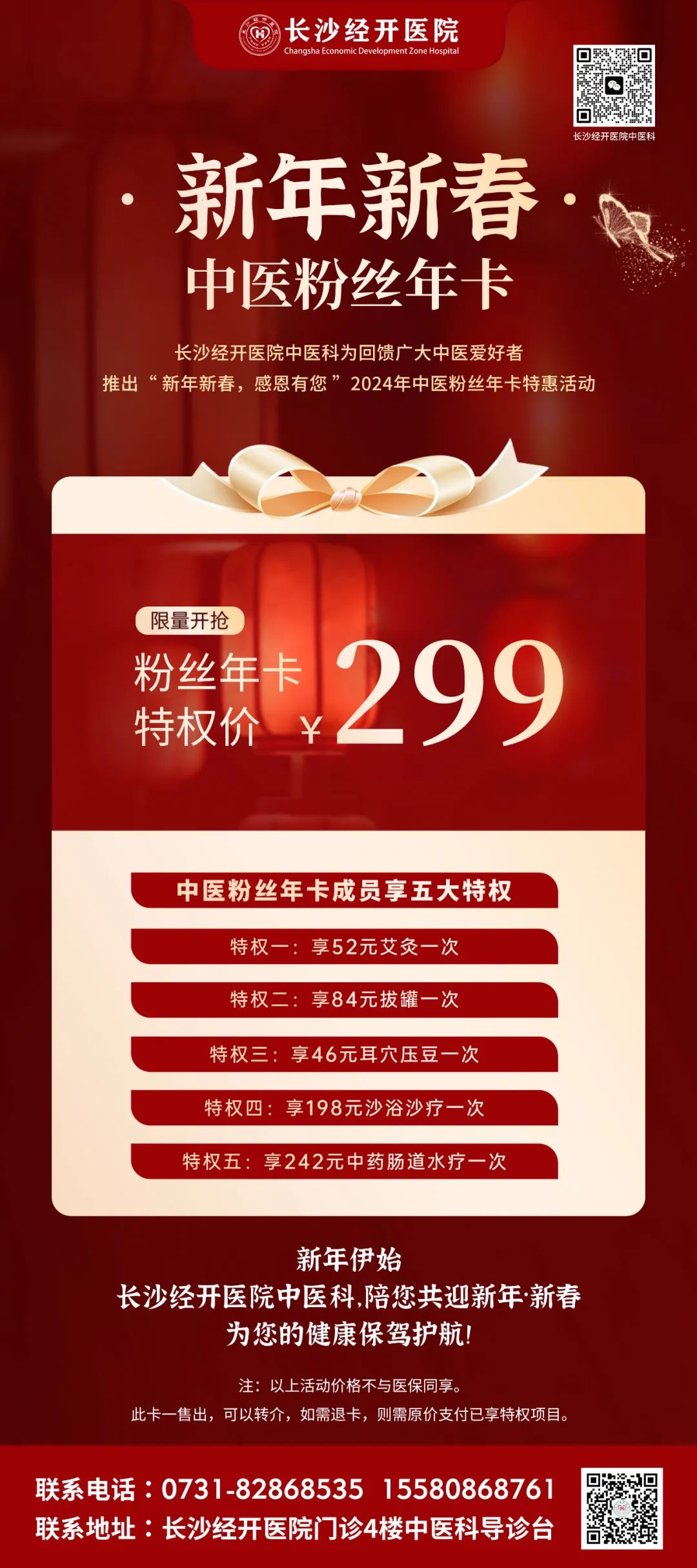
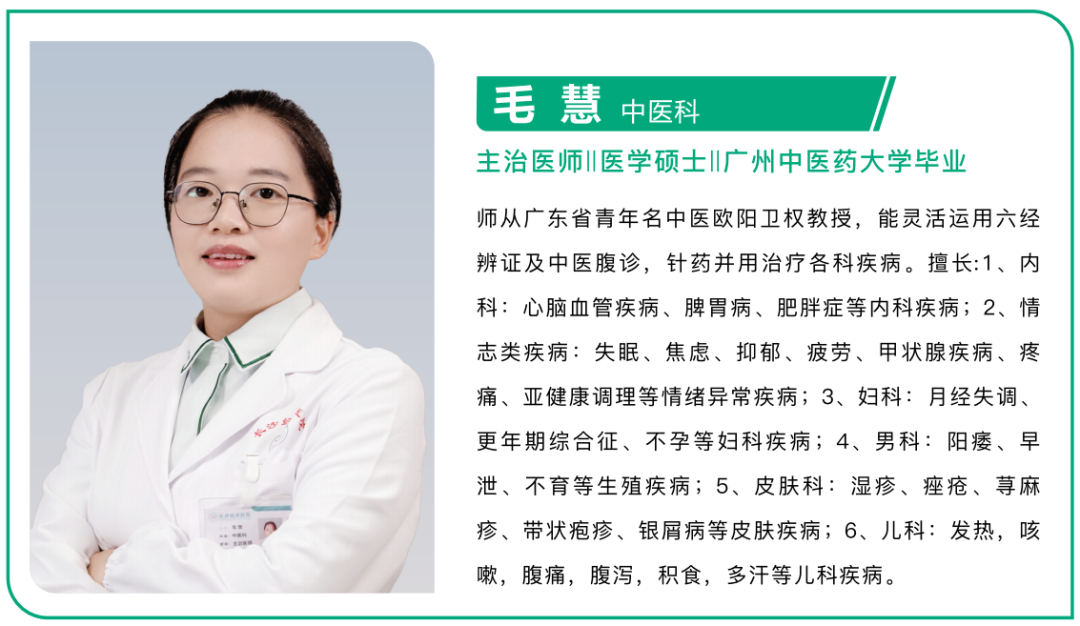
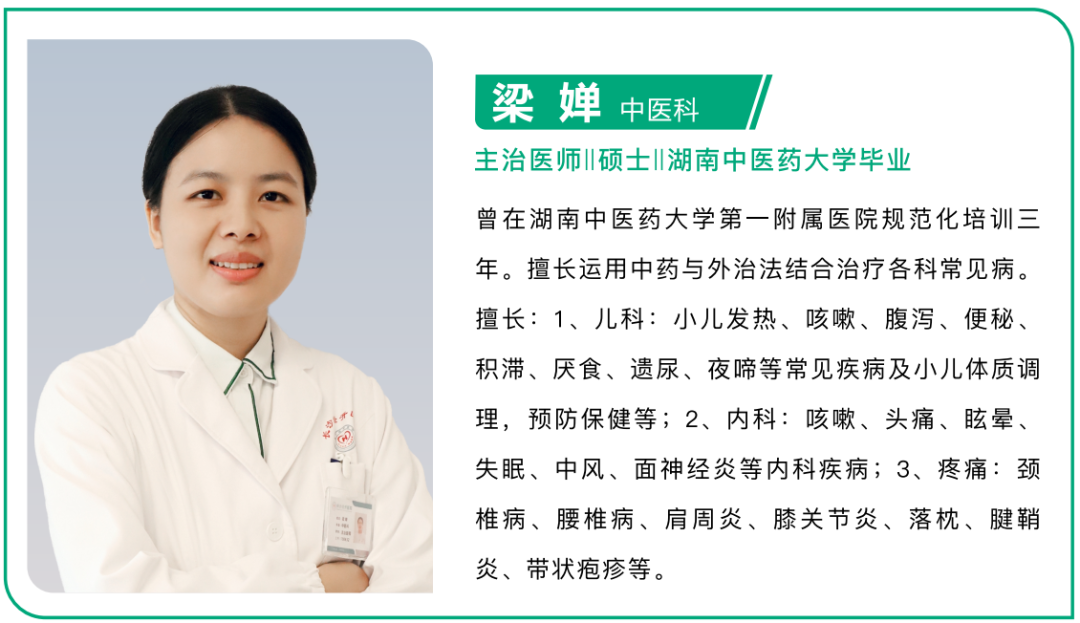
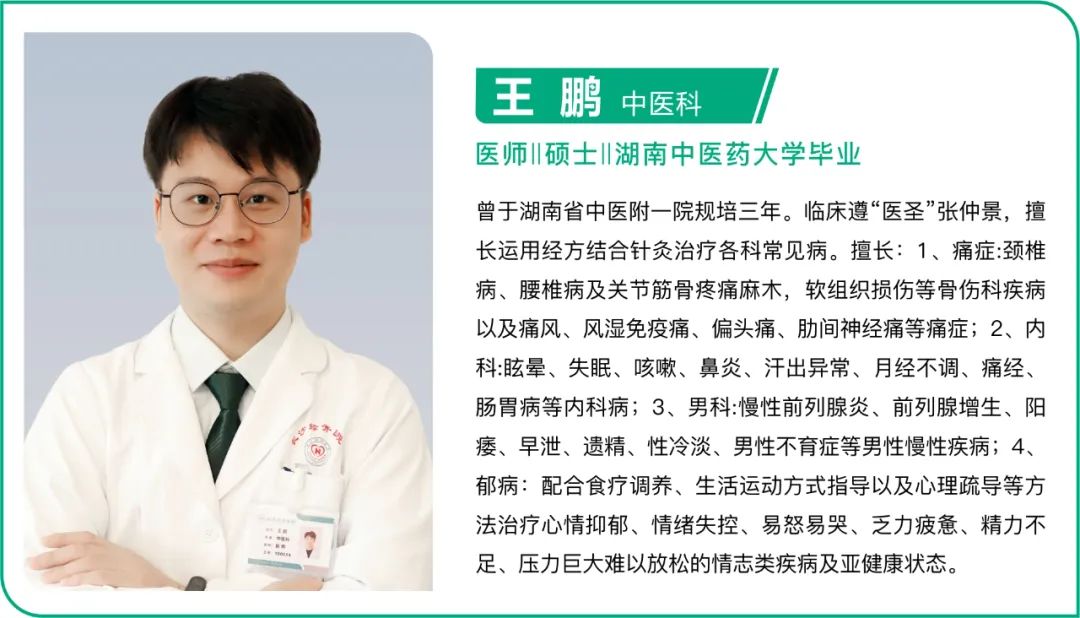
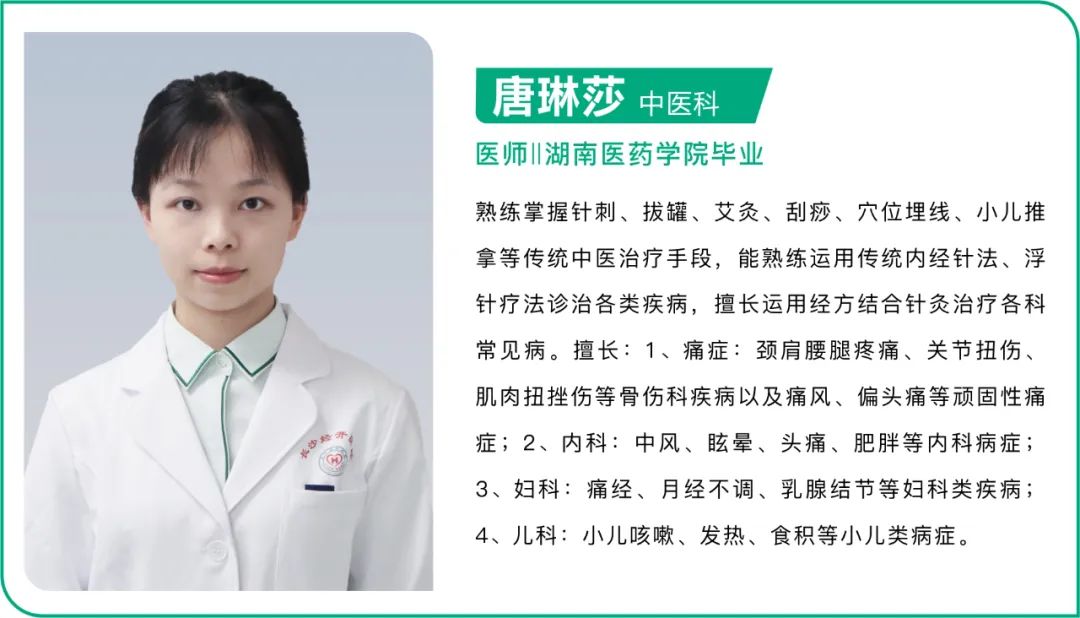
Some images are sourced from the internet and will be removed upon request.Correspondent: Tang LinshaEditor: Zhou ShinanProofreader: Mao HuiReviewer: Huang LangjingEND



(Scan the QR code for online registration)
Changsha Economic Development Hospital
Consultation Phone: 0731-8277 6999Address: No. 52, South Section of Huangxing Avenue, Changsha Economic Development Zone (Exit 4 of Longhua Station, Metro Line 6)

